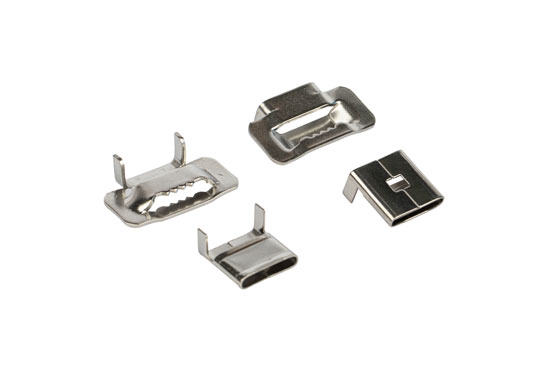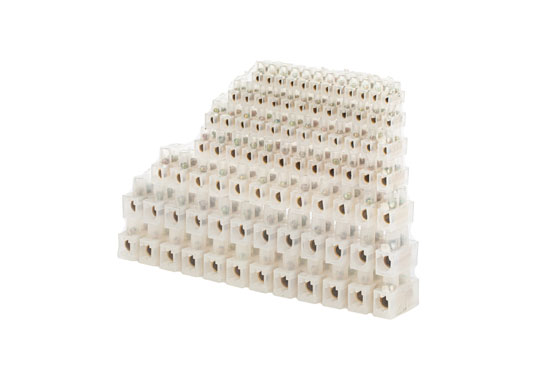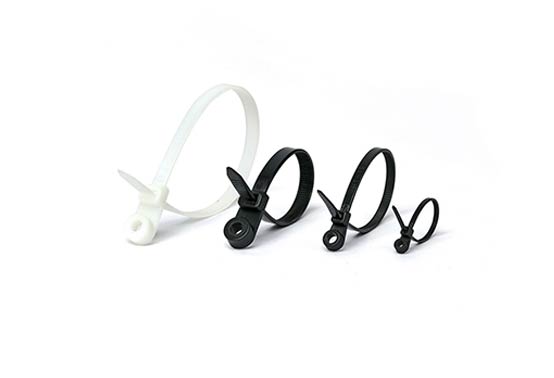Tel
0577-62795555
Tel
0577-62795555
The rust spots of stainless steel cable ties, we often say pitting corrosion, also known as pit corrosion or small hole corrosion, pitting corrosion of stainless steel cable ties occurs in a specific corrosive medium. It has certain special effects and generally occurs in solutions containing halogen anions and anions. Among them, chloride and bromide are the most corrosive and have a corrosive back, which is one of the common local corrosion of stainless steel.
Stainless steel cable tie is a stainless steel product mainly used for industrial binding and fixing. Because it is made of stainless steel, it has the characteristics of corrosion resistance of stainless steel by chemical corrosion media (acid, alkali, salt and other chemical corrosion). At the same time, the stainless steel cable ties are not limited by the shape and size of the objects to be bound. The simple buckle structure simplifies the complexity of the traditional hoop, and the good fastening performance ensures the safety of the objects to be bound. The china stainless steel cable ties are anti-corrosion and high temperature resistant. The material ensures the aesthetics of the environment and the fire protection requirements.
When the medium contains some active anions, the destruction of the passive film on the stainless steel surface occurs. Due to the matrix where the passivation film is damaged, the metal is exposed to make it in an activated state, while the passivation film is in a passive state, thus forming an active-passive corrosion cell. Because the anode area is much smaller than the cathode area and the anode current density is large, the anode metal quickly corrodes into small holes, which becomes the reason for the formation of pitting corrosion of naked stainless steel cable ties.
What are the factors that affect the pitting corrosion of stainless steel cable ties? influence of the medium. In addition to halide anions, oxidizing metal ions can also promote pitting corrosion; oxygen ions in solution, and other oxidants are necessary conditions for pitting corrosion, and the influence of alloying elements. Adding molybdenum to stainless steel can improve the stability of the film and make the surface of the stainless steel form a very dense and firm passivation. The film and chromium mainly improve the repair ability or regeneration ability of the passive film of the steel.
Select stainless steel produced by stainless steel cable ties suppliers containing appropriate molybdenum element and higher chromium; control the concentration of halogen ions in the solution, especially C1- ions, and avoid local concentration of the solution; add corrosion inhibitors to increase the pH value of the solution; reduce the temperature of the medium, temperature The higher the pitting, the more obvious it is. There are other ways to prevent pitting corrosion of stainless steel cable ties, which requires our practitioners to explore, observe and summarize differently.



